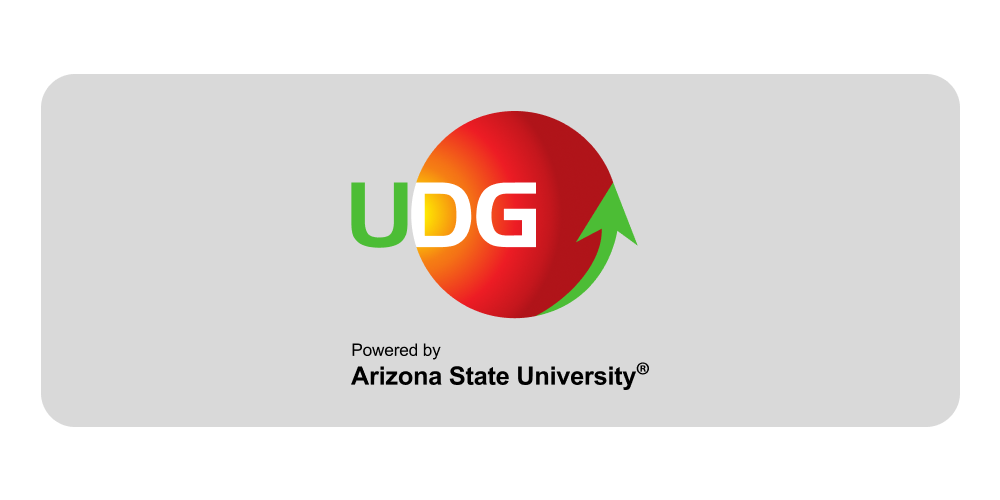'Croatian Communication Association'
NEUSKLAĐENOST TRŽIŠTA RADA I SUSTAVA OBRAZOVANJA U CRNOJ GORI: IMPLIKACIJE I POTENCIJALNA RJEŠENJA
2017
English
The paper analyzes the problem of the mismatch between the education system and the labour market. The aim of the research is an analysis of the current situation on the labour market, a consideration of key constraints in the education system and identifying possible solutions. The problem analysis covers a broader context: a change in the economic structure, the problem of migration and regional disparities, the specificities of the labour market and the results of the reform of the education system. An international comparison of the competitiveness of the Montenegrin economy, from the perspective of the education system and labour market is presented in the final section of the paper in order to identify room for improvement of the current situation. At the same time, the research results reveal the problem on the Montenegrin labour market of a lower or higher level of education compared to the needs of the market. In 2014, the labour supply was 24.6% higher than the demand for labour. In addition to long-term unemployment, the labour market in Montenegro is characterized by the following: unused human potential – low activity rates, high youth unemployment rates, disparities in regional unemployment, the problem of internal labour migration, intensive employment of workers from countries in the region, etc. The system of formal education in Montenegro is unconcerned about the needs of the market. The primacy of quantity over quality has contributed to the rapid growth in the number of graduates, resulting in a rise in the number of unemployed university graduates. Lack of specialization study programs and educational programs at the level of general secondary education leads to the formation of knowledge of low practical value. Eventually, it all results in a situation which is best described by this simple statement: the more easily you get a diploma, the harder it will be for you to find employment.U radu se analizira problem neusklađenosti sistema obrazovanja i tržišta rada. Cilj istraživanja je analiza postojećeg stanja na tržištu rada, razmatranje ključnih ograničenja u sistemu obrazovanja i identificiranje mogućih rješenja. Analiza problema obuhvaća širi kontekst: promjenu gospodarske strukture, problem migracija i regionalnih dispariteta, specifičnosti tržišta rada i rezultate reformi sustava obrazovanja. Međunarodna komparacija konkurentnosti crnogorskog gospodarstva, sa stanovništa sistema edukacije i tržišta rada, data je na kraju istraživanja u namjeri da se identificira prostor za unapređenje trenutnog stanja. Rezultati istraživanja pokazuju da na crnogorskom tržištu, istovremeno, izražen problem manjeg, odnosno, većeg nivoa obrazovanja u odnosu na potrebe tržišta. U 2014. godini ponuda rada bila je 24,6% veća od tražnje za radom. Pored dugoročne nezaposlenosti, tržište rada u Crnoj Gori karakteriziraju: neiskorištenost ljudskog potencijala - niska stopa aktivnosti, visoka stopa nezaposlenosti mladih, dispariteti u regionalnoj nezaposlenosti, problem unutrašnje migracije radne snage, intenzivno zapošljavanje radnika iz zemalja regije itd. Sistem formalnog obrazovanja u Crnoj Gori nema sluha za potrebe tržišta. Primat kvantiteta nad kvalitetom doprinio je ubrzanom rastu broja diplomaca, što za posljedicu ima rast broja nezaposlenih visokoškolaca. Nedovoljna specijalizacija studijskih programa i obrazovnih programa na nivou općeg srednjeg obrazovanja dovodi do stvaranja znanja niske upotrebne vrijednosti. Prisutan je sindrom lakše do diplome – teže do posla
'Croatian Communication Association'
NEUSKLAĐENOST TRŽIŠTA RADA I SUSTAVA OBRAZOVANJA U CRNOJ GORI: IMPLIKACIJE I POTENCIJALNA RJEŠENJA
The paper analyzes the problem of the mismatch between the education system and the labour market. The aim of the research is an analysis of the current situation on the labour market, a consideration of key constraints in the education system and identifying possible solutions. The problem analysis covers a broader context: a change in the economic structure, the problem of migration and regional disparities, the specificities of the labour market and the results of the reform of the education...
Download
English
2017
 Milorad Jovović
,
Jovan Đurašković
,
Milivoje Radović
Milorad Jovović
,
Jovan Đurašković
,
Milivoje Radović
'Croatian Communication Association'
NEUSKLAĐENOST TRŽIŠTA RADA I SUSTAVA OBRAZOVANJA U CRNOJ GORI: IMPLIKACIJE I POTENCIJALNA RJEŠENJA
The paper analyzes the problem of the mismatch between the education system and the labour market. The aim of the research is an analysis of the current situation on the labour market, a consideration of key constraints in the education system and identifying possible solutions. The problem analysis covers a broader context: a change in the economic structure, the problem of migration and regional disparities, the specificities of the labour market and the results of the reform of the education...
Download
English
2017
 Milorad Jovović
,
Jovan Đurašković
,
Milivoje Radović
Milorad Jovović
,
Jovan Đurašković
,
Milivoje Radović






